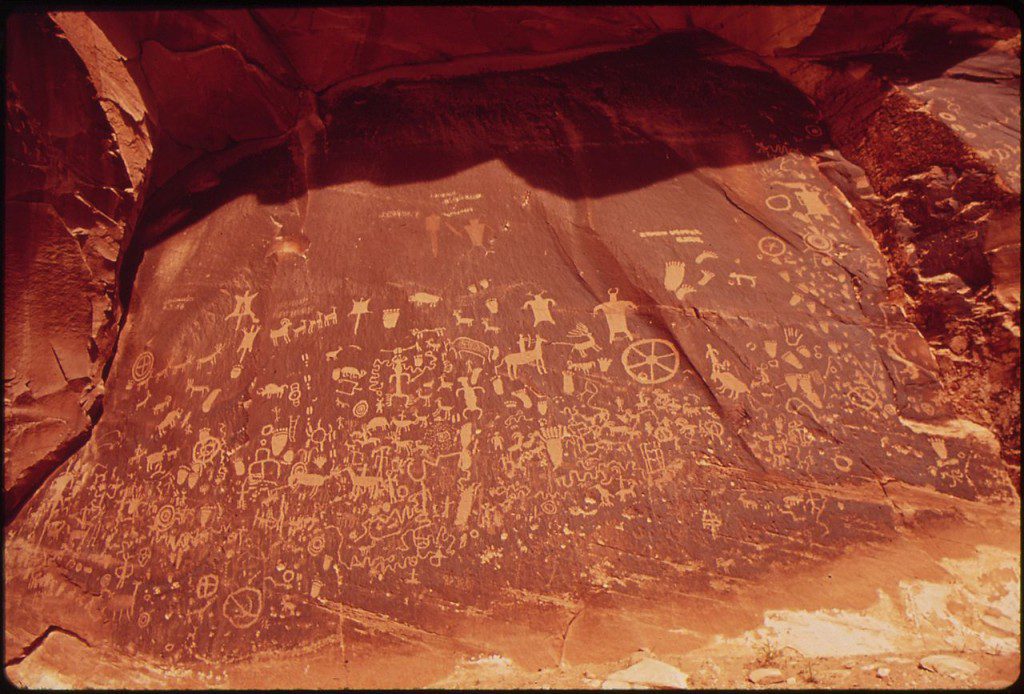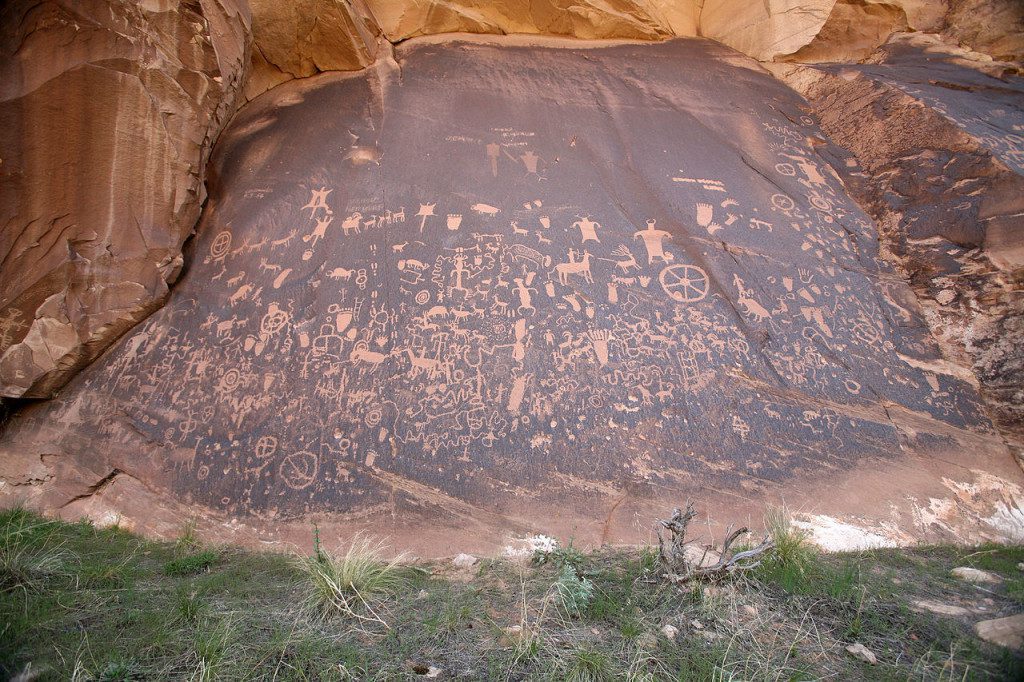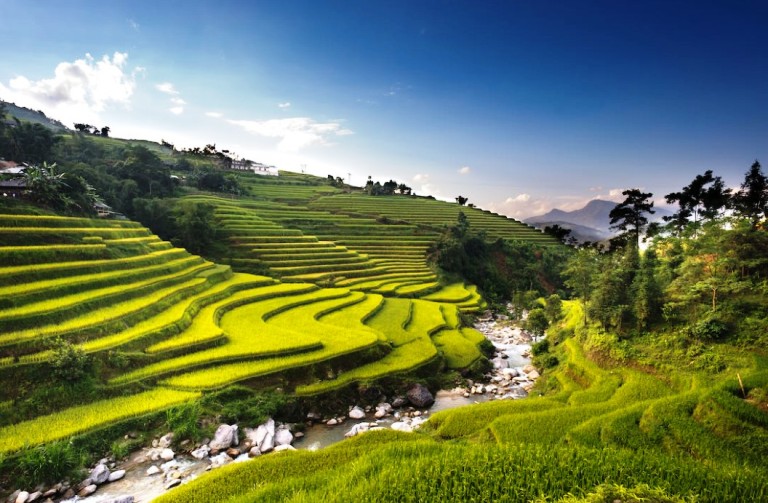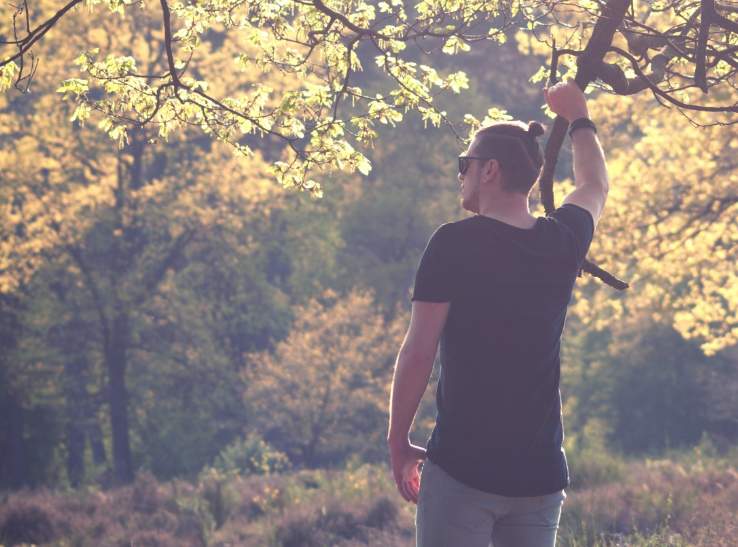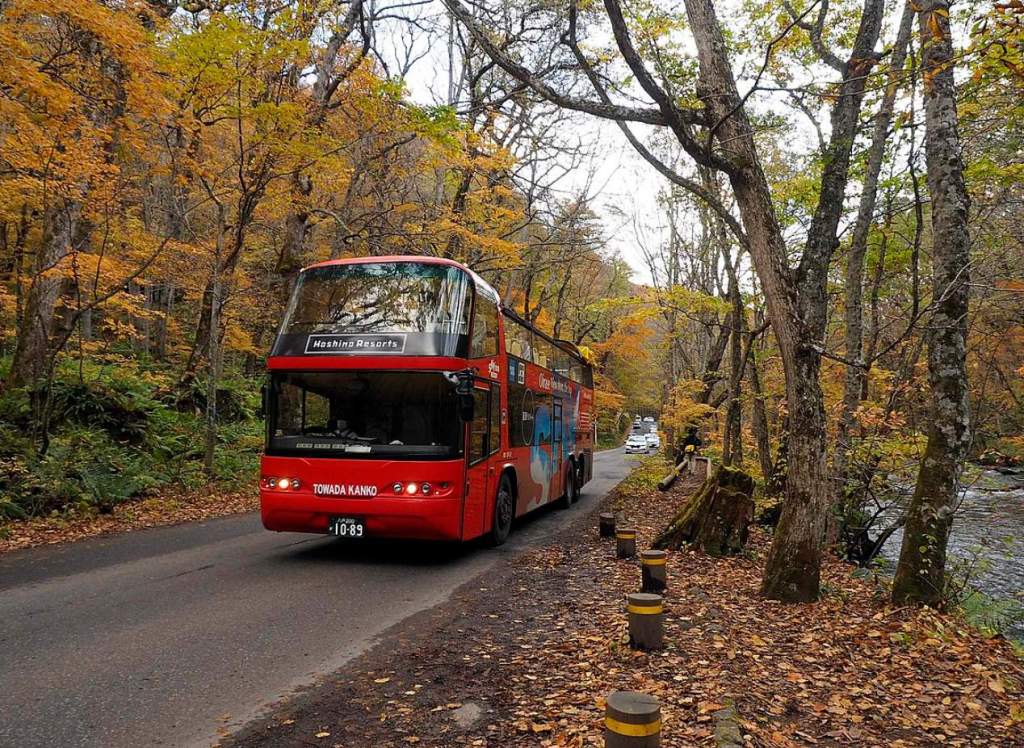Well, in San Juan Country, a 200 square-foot Newspaper rock surface is covered by hundreds of ancient Indian Petroglyphs, the rock art chiseled and pecked into stone. Newspaper Rock is situated right next to Utah Route 211 about 45 kilometers northwest of Monticello and 85 km south of Moab.
It’s difficult to know the exact date of petroglyphs because they have been pecked into the rock’s outer layer of natural varnish, rather than painted o. However, the historical data is approximately 2,000 years old of human doings in the area, just like a newspaper. Though they’re distinctive of several sites throughout the United States and these petroglyphs are one of the largest, safely preserved, and effortlessly accessed groups in the Southwest.
These petroglyphs feature showing a mixture of animals, humans, and different material and abstract forms representing the Fremont, Anasazi, Navajo, and Anglo cultures. These petroglyphs can be easily found on the vertical Wingate sandstone cliffs on the upper end of Indian Creek Canyon.
The images are embossed on Newspaper Rock has been adorned into the dark coating on the rock, which can be called desert varnish, actually, a blackish manganese-iron deposit that progressively forms on exposed sandstone cliff faces owing to the action of rainfall and bacteria.
Therefore, the ancient artists use to etch more than 650 figures and patterns on the rock by pecking the coated rock surface using sharpened tools to eliminate the desert varnish and expose the lighter rock beneath. The older figures are themselves becoming darker in color as new varnish gradually develops. Hence, the first carvings were made about 2,000 years ago by the “Anasazi” people who were best recognized for their stone and earth dwellings rather than their art.
The Fremont people, who were contemporaries of the Anasazi, also contributed to the Newspaper Rock. They’ve etched bulky human frames with trapezoidal torsos, as well as some of the bighorn sheep, and perhaps several of the handprint and footprint shapes. Later, the Utes and Navajo people added figures portraying hunters on horseback, and images of warrior shields and wheels.
In recent times the carvings were made in the early 20th century, by the first modern-day explorers of this region who left their mark with initials and names carved all around the margins of these ancient, ineffable images. These days, the Newspaper Rock is now protected by a fence that keeps tourists 10 feet away from the rock surface to avoid vandalism.
The monument has free entry, however no best facilities apart from a car park lot, sometimes with Indian jewelry sellers in attendance. Nevertheless, the setting is peaceful and satisfied sheltered, as the canyon at this point is quite narrow, overgrown by bushes and tall cottonwood trees, with the clear waters of the creek flowing close to the road, and sheer reddish cliffs rising 250 feet above. There is a good picnic area on the far side of the road.
Read More – Tatacoa Desert – Natural Rarity of Colombia
